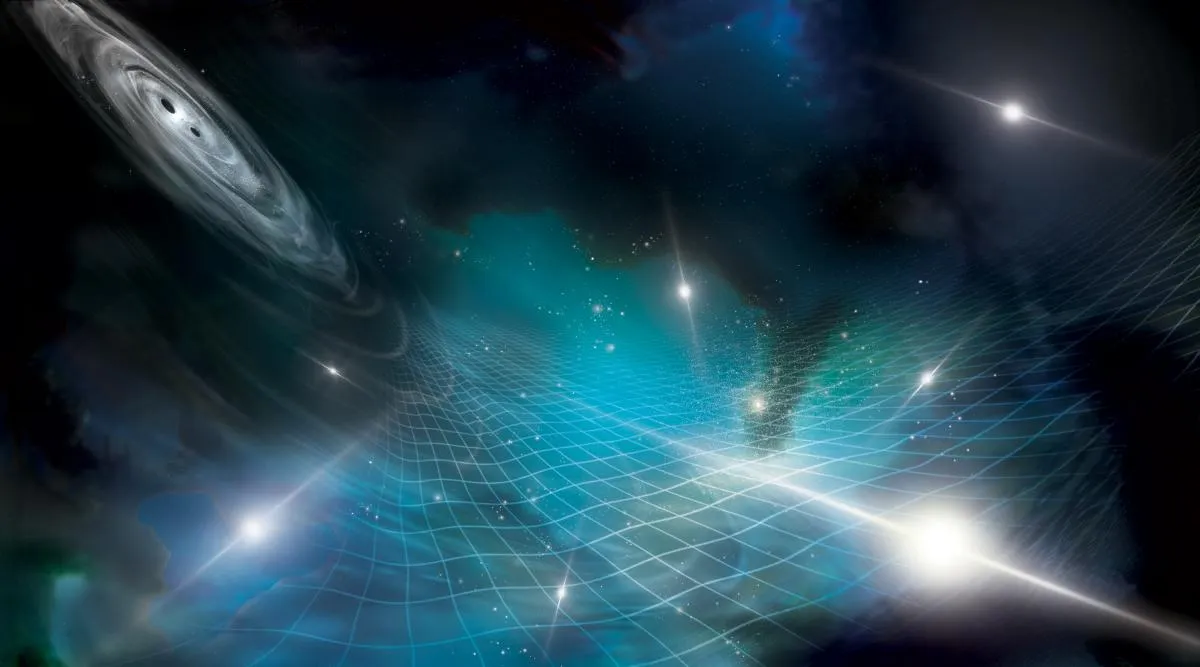Brighter Side of News
4w
173

Image Credit: Brighter Side of News
New unified gravity theory could finally bridge Einstein and quantum physics
- Researchers have proposed a new theory to unite gravity with the Standard Model, aiming to bridge the gap between Einstein's theory of general relativity and quantum physics.
- The new theory, developed by physicists from Aalto University, suggests that gravity can be described by a gauge theory, similar to the other forces of nature, offering a pathway towards a 'Theory of Everything.'
- Gravity's resistance to unification stems from the clash between the symmetries of quantum fields in the Standard Model and the curved space-time described by general relativity.
- Alternative theories like string theory and loop quantum gravity have attempted to explain gravity within a quantum framework, but none have fully aligned with the Standard Model due to the challenge of renormalizability.
- The new theory, called unified gravity, uses an eight-spinor representation of quantum fields and introduces a space-time dimension field to describe gravity using finite-dimensional symmetries similar to those in the Standard Model.
- Unified gravity's Feynman rules imply renormalizability to all orders, a crucial feature not achieved by previous quantum gravity theories, suggesting a potential breakthrough in understanding the interactions between gravity and quantum mechanics.
- The theory not only provides a mathematical solution but also offers insights into the behavior of matter and antimatter in the early universe and extreme environments like black holes and the Big Bang.
- Unified gravity's compatibility with the symmetries of the Standard Model allows for a unified mathematical framework to describe both particle physics and gravity, potentially leading to a deeper understanding of the universe.
- Despite departing from general relativity, unified gravity is able to reproduce known results and remains consistent with current observations, including gravitational wave measurements and black hole imaging.
- While still a work in progress, researchers are optimistic about the potential of unified gravity to revolutionize physics and invite further testing and refinement from the scientific community.
- The theory presents a new paradigm in understanding the fundamental forces of nature and may lead to groundbreaking advancements akin to those prompted by Einstein's theory of gravity a century ago.
Read Full Article
10 Likes
For uninterrupted reading, download the app